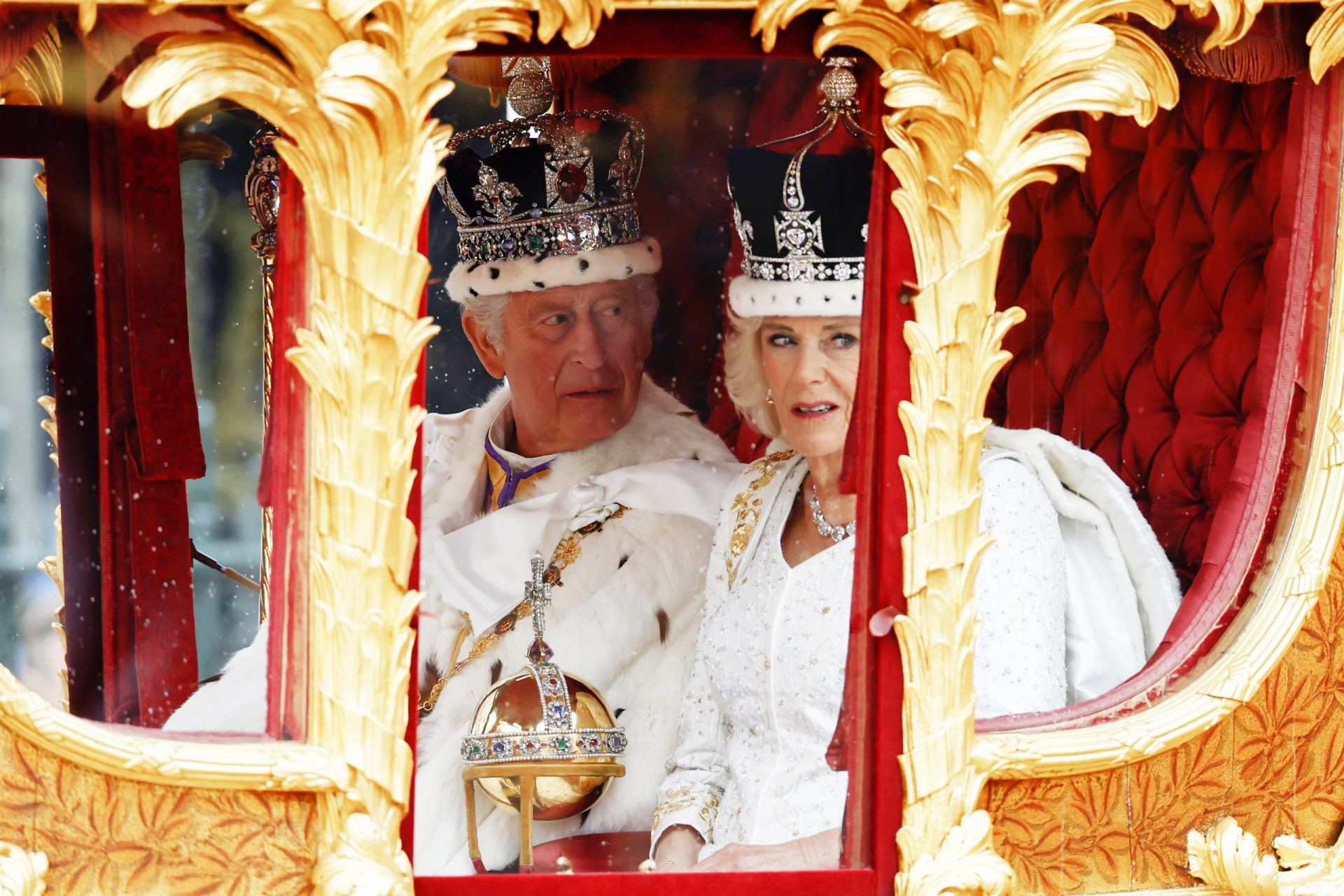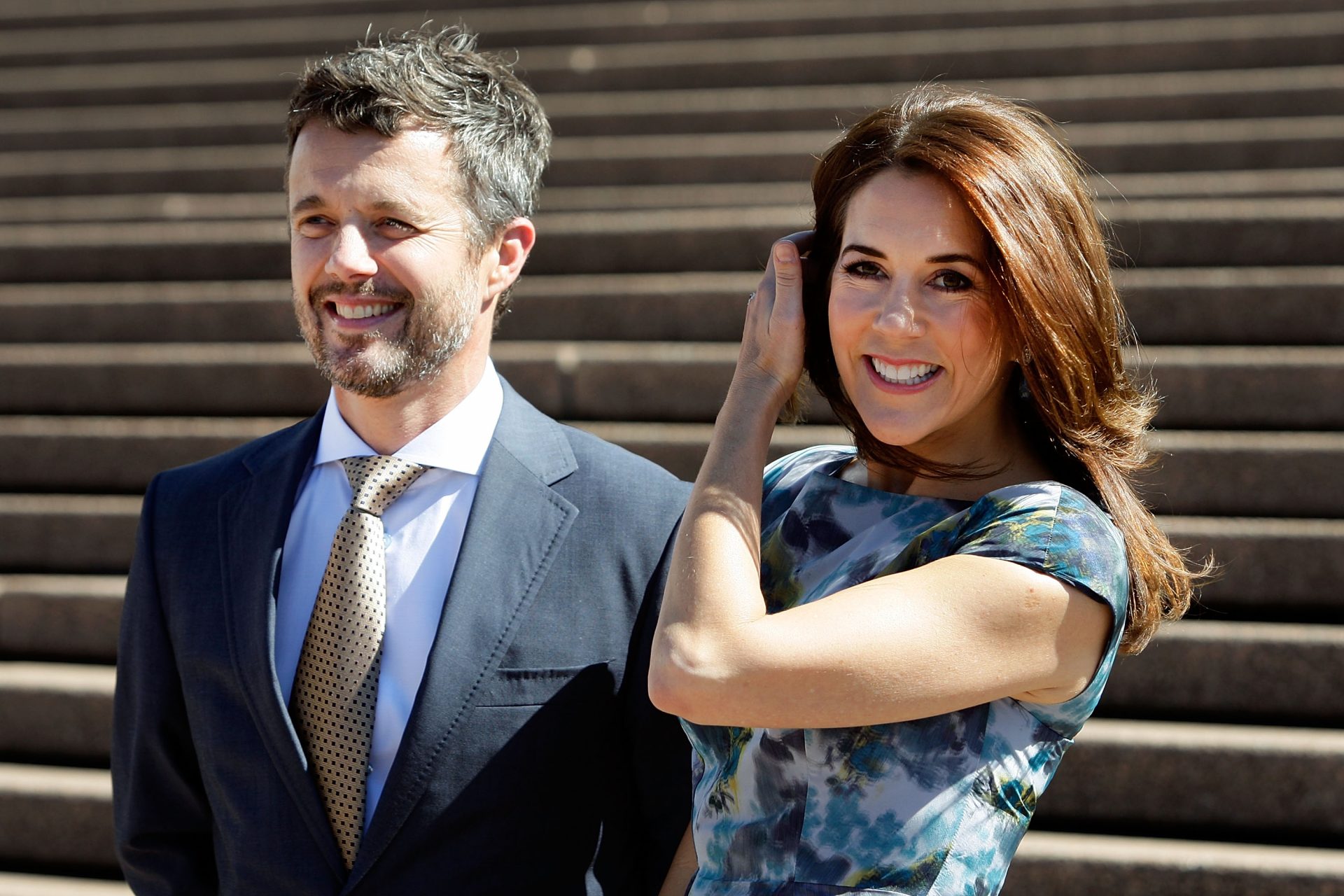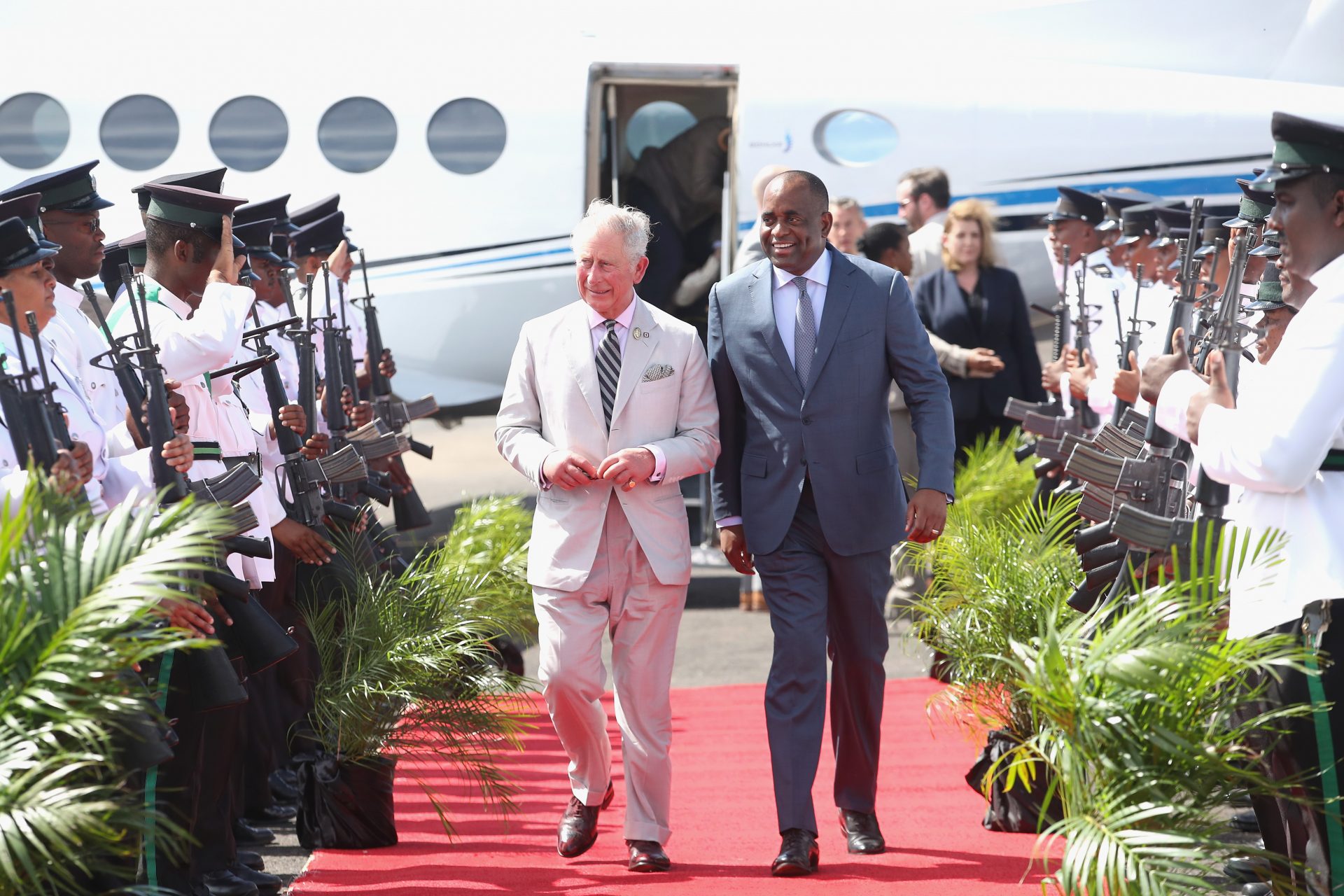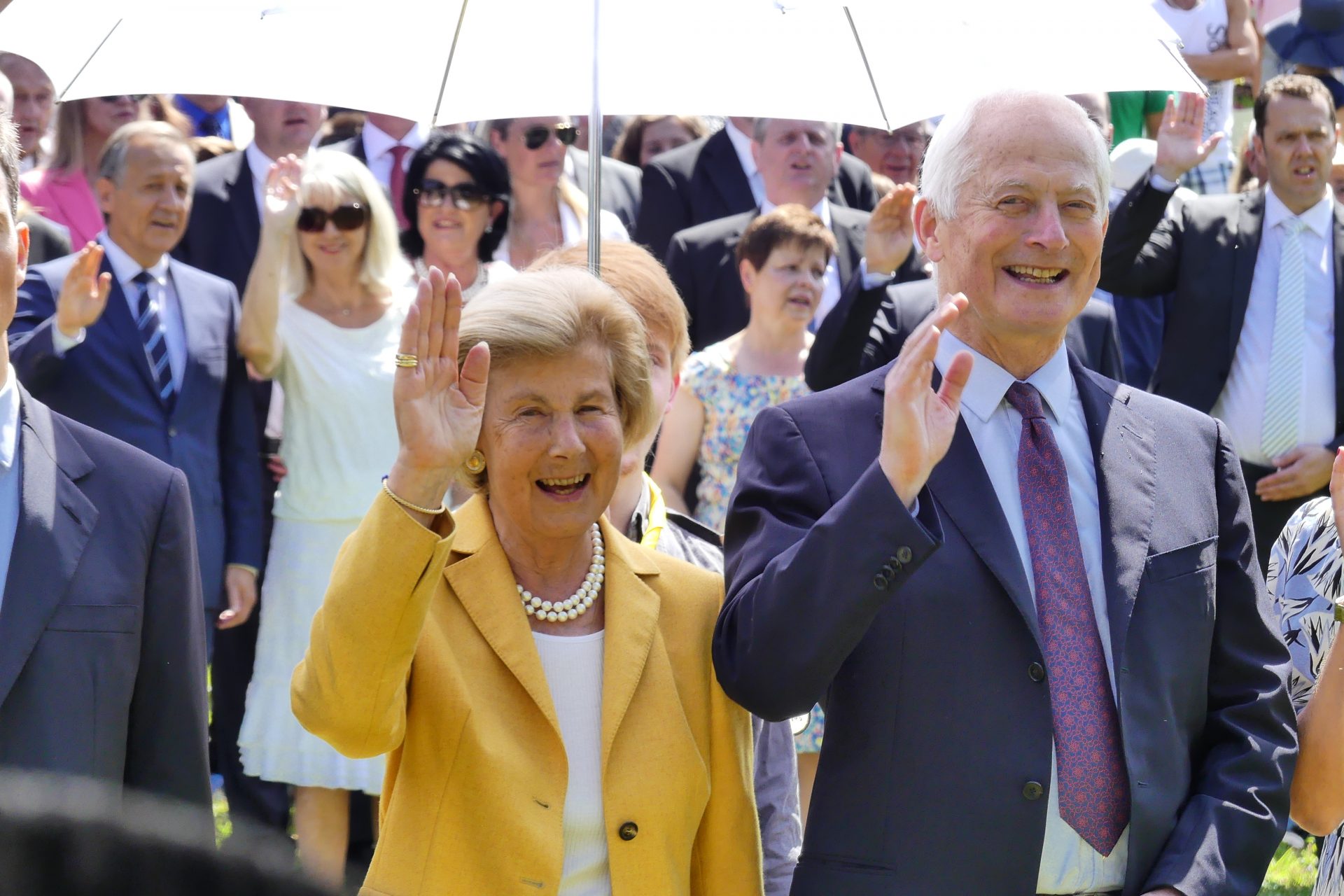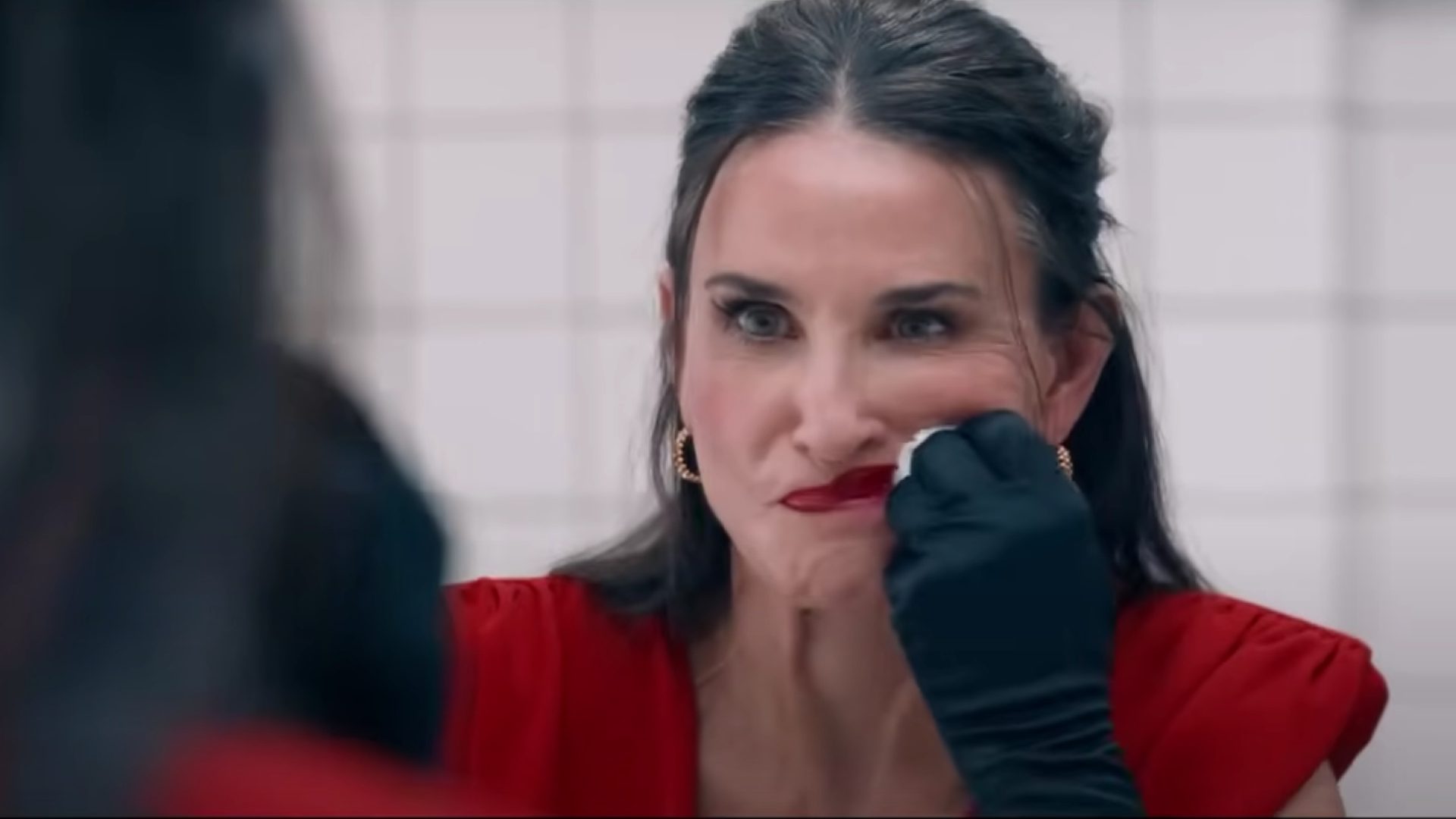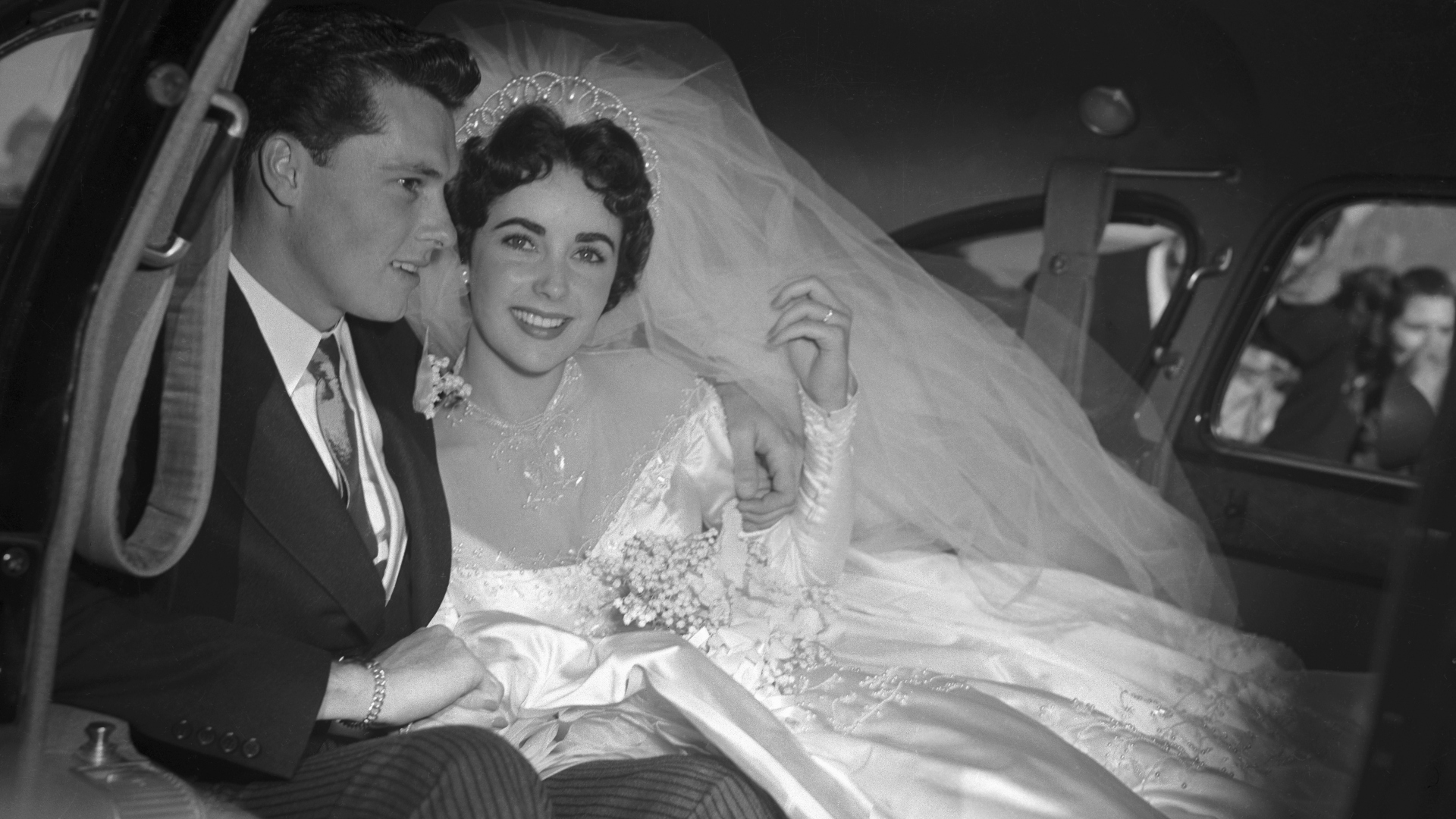Are you a royalty expert? Let's see how many of these kings and queens you know!
When the term 'royal family' is uttered we immediately think of King Charles and Camilla, from the UK, King Felipe VI and Queen Letizia of Spain or Naruhito, the emperor of Japan. And yet, there are actually 44 monarchies around the world. Let's take a look at those less known and spurring countries who have a monarchy and who rules them...
Established in 935, the Danish monarchy is one of the oldest in the world and still exists to this day even though it no longer has any political power. The Royal House is also one of the most popular and respected institutions in the country. Its king since January 14, 2024, has been Frederik X.
The Principality of Andorra, located in the heart of the Pyrenees, between France and Spain, two co-princes hold the same powers: the Bishop of Urgel in Spain and... the President of the French Republic! This strange situation has its origins in the 'Paréage d'Andorra', an agreement from 1278. After numerous clashes over the control of this territory, the Bishop of Urgel and the Count of Foix (whose rights have been inherited by the French President) agreed to share sovereignty.
After the Cambodian genocide at the hands of the Khmer Rouge between 1975 and 1979 and the war against Vietnam, which lasted until 1991, Cambodia re-established a monarchical regime and a period of peace and prosperity that, in the last ten years, has brought great economic growth. Norodom Sihanouk returned to the throne in 1993 and abdicated for a second time in 2004, and today his son, Norodom Sihamoni, reigns over the country. Trained at the National Conservatory in Prague, he taught classical dance in Paris while also being Cambodia's ambassador to UNESCO.
This group of islands located in the Caribbean, close to the French West Indies, consists of two main islands called Antigua and Barbuda. Although the country has been fully independent since 1981, it is part of the Commonwealth, so its head of state is the King of England, King Charles, who is represented on its territory by a Governor General.
Located opposite Saudi Arabia, Bahrain is one of the lesser-known states of the Persian Gulf. After a period of Portuguese colonisation between 1507 and 1602, the island was conquered by the royal Al Khalifa family. In the 19th century it became a British protectorate and gained independence again in 1971, becoming a constitutional monarchy. Hamad II has been king since 2002.
It is a small country between China and India, in the heart of the Himalayas, and became an independent state in 1949 when it seceded from the latter. It is ruled by a constitutional monarchy with King Jigme Khesar Namgyel Wangchuck as its leader since 2006. He was crowned at the age of 28, making him the youngest monarch in the country's history. Then, as a sign of modernisation and openness, he married a commoner, Jetsun Pema Wangchuck, who is 10 years his junior.
Brunei is located in the middle of part of Malaysia's territory, on the island it shares with Indonesia. And it is one of the few countries that belongs to the Commonwealth but has its own crown. Brunei's monarchy is over a thousand years old and became a sultanate in the 16th century when the country converted to Islam. It is a conservative, authoritarian monarchy in which the sultan is both head of state and religious leader.
This small state between South Africa and Mozambique is populated by the Swazi ethnic group. It gained independence in 1968 and since 1986 has been ruled by Mswati III, the last absolutist monarch on the African continent. He is also known for the large number of wives he has, no less than 14. But also for the reason that in 2018 he decided to change the name of Swaziland to 'Eswatini' on the occasion of the country's fiftieth anniversary of independence. He argued that it was the only African state to retain its colonial-era name.
Jordan is considered a parliamentary monarchy and has been ruled by King Abdullah II since 1999. The current monarch succeeded to the throne from his father Hussein, who chose him as crown prince shortly before his death. He has four sons, including Crown Prince Hussein ben Abdallah, born in 1994, and his wife, Queen Rania of Jordan, is well known around the world.
This major oil-producing country is an emirate, a form of hereditary monarchy. It has a parliament, but the reality is that the most important ministers are usually members of the royal family. However, it is the only monarchy in the Persian Gulf where free elections are held and, since 2005, women have the right to vote. Nawaf al-Ahmad al-Jaber al-Sabah, born in 1937, has been the Emir of Kuwait since 2020. He has five children and more than 20 grandchildren.
Not far from Eswatini and in the middle of South Africa is the small kingdom of Lesotho. Its name comes from the country's majority ethnic group, the Sothos. It is a constitutional monarchy in which the king has been Letsie III since 1996. The monarch's functions are ceremonial and symbolic. He married his queen consort, Masenate Mohato Seeiso, in 2000 and has three children with her: two daughters born in 2001 and 2004, and a son, Crown Prince Lerotholi, born in 2007.
Like Andorra, the Principality of Liechtenstein is a small mountainous territory between Switzerland and Austria, and the richest German-speaking country. Its king is Hans-Adam II - the fifteenth monarch in its history - and was married to Marie Aglaë Kinsky von Wchinitz und Tettau, who died in the summer of 2021. He had four children with her (Alois, Maximilian, Constantin and Tatjana) who have subsequently given him fifteen grandchildren. Alois, their eldest son, has been regent since 2004 and as such has been in charge of the day-to-day affairs of the principality, and is destined to reign after his father's death.
Unlike other monarchies that are hereditary, Malaysia is a federal monarchy legitimised through elections. The 'Yang di-Pertuan Agong' (sultan or 'supreme ruler') is elected for a five-year reign by the Council of Sultans in a cyclical order among the 49 states that make up the country. As of 2019, Abdullah Shah succeeds Muhammad Faris Petra (or Muhammad V) as ruler.
Norway was unified during the Viking Age and its first known king was Harald I, also known as Harald Fair-Haired, who reigned around 900. The current dynasty originated in Schleswig-Holstein, a state in northern Germany, and the ruler has been Harald V since 1991. His functions are mainly ceremonial in a parliamentary system. He married a commoner, Sonja Haraldsen, with whom he has had two children: Princess Märtha Louise and Crown Prince Haakon Magnus.
Oman is a sultanate, an absolute monarchy that spent time under British rule and lived for nearly half a century under the rule of Qaboos ibn Said, who overthrew his father in 1970. In January 2020, aged 65, he was succeeded by his cousin Haitham bin Tariq, who changed the constitution to make the crown prince the sultan's eldest son. Married to Ahad b. Abdallah ben Hamad Al Saïd, he is the father of two sons (including the crown prince born in 1990) and two daughters.
Located in the South Pacific, the Samoan Islands gained independence from New Zealand in 1962. The country is ruled by traditional chiefs under a constitution inspired by the British monarchy. Malietoa Tanumafili II ruled from 1963 until his death in 2007, and the country was ruled by lawyer and traditional chief Va'aleto'a Sualauvi II, who served a five-year term. Now the title has passed to the late King's son, Malietoa Fa’amausili Molī.
Another state located in the Polynesian region. Tonga is made up of three archipelagos that were uninhabited until the 13th century. The islands were united into one kingdom in 1845 and became independent again in 1970 after a period as a British protectorate. The current ruler of Tonga is Tupou VI, who has been in office since 2012. He succeeded his brother George Tupou V, who relinquished the main prerogatives of the monarchy in 2008. Tupou VI has three sons, including Crown Prince Siaosi Tuku'aho, born in 1985.

